Climate and Energy Summit 2025
Next event In person & livestreamed
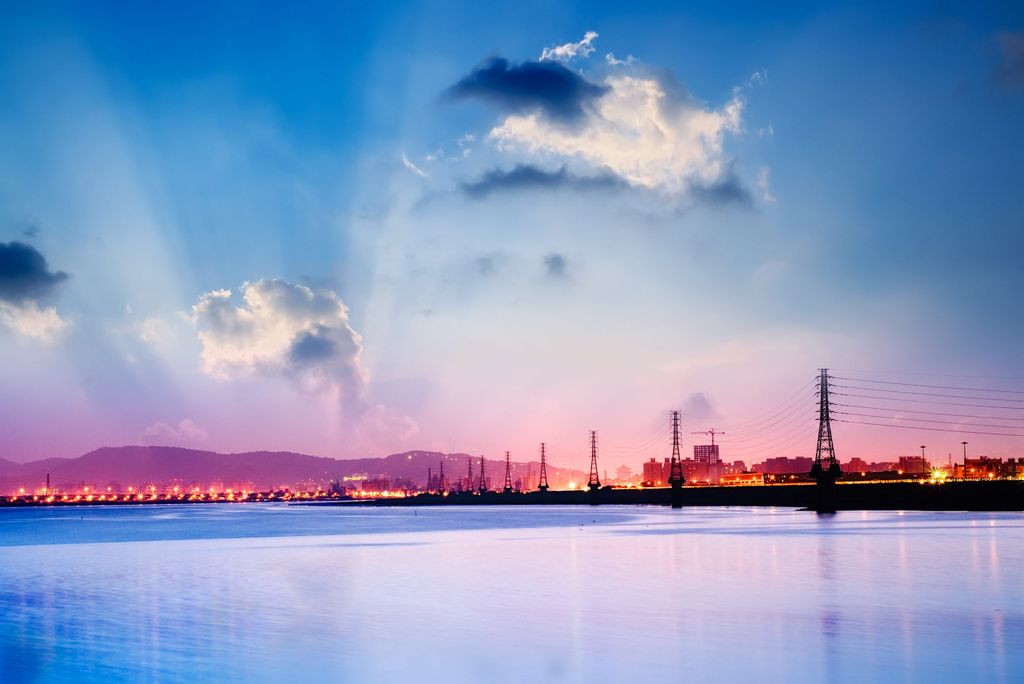
- Area of Expertise
- Climate, Energy & Natural Resources
Climate, Energy & Natural Resources
IEA CALLS ON GOVERNMENTS TO MOVE FASTER TO MEET CLIMATE GOALS
Governments must be at the heart of reaching sustainable energy goals, Fatih Birol, Executive Director of the International Energy Agency (IEA), told the 18 November official Brussels launch of World Energy Outlook (WEO) 2019. This flagship publication in the global energy scene outlines three energy scenarios: current policies, stated (planned) policies and a sustainable development scenario requiring rapid change, he said.
A host of policies and technologies will be needed across every sector to keep climate targets within reach, Birol told the meeting hosted by independent thinktank Friends of Europe. But, heeded the IEA head, “The main responsibility lies with governments, they must take the lead in writing the next chapter in energy history.”
Ditte Juul-Jørgensen, European Commission Director-General for Energy, welcomed the report and its ‘very helpful analysis’ at a key time. The Commission will shortly start its new five-year term under President-elect Ursula von der Leyen – who promises in her ‘European Green Deal’ that the green transition will be at the centre of policies and politics.
The recently appointed Director-General also reiterated the IEA’s message that more action was needed to lower greenhouse gas emissions and to arrive at a carbon-neutral Europe by 2050. “Business as usual is not a possible way forward or an option.” But Juul-Jørgensen cautioned that the change needed to be made in a way that reflects European and global competitiveness and enables a just transition and energy security.
Industry is certainly keen to help achieve a carbon-free Europe, the conference heard. The two main winners in the energy transition are renewables – especially wind and solar, Birol made clear, as well as natural gas, “These will be the main drivers of future energy needs.”
Offshore wind, the IEA’s technology focus in WEO 2019, is a particular success story. It is predicted to provide most, if not all, the world’s energy demands in future. Indeed, Birol highlighted that, in a carbon-neutral Europe, wind will become the number one source of EU electricity by 2040.
Andreas Nauen, Offshore Chief Executive Officer at Siemens Gamesa Renewable Energy, said there was enough investment and more than enough capacity for wind to meet this goal. But, like Birol, he said governments should do more to make this happen. “We can do a lot in terms of technology to make turbines efficient and offshore wind costs even cheaper, but we need a clear framework to see what this will look like.”
Boyana Achovsky, Chair of the Steering Committee of GasNaturally – a partnership of seven associations across the gas value chain, also welcomed the report’s conclusions, “We are very happy to see that the Outlook and many studies this year recognise the very big importance of the gas infrastructure for transforming large amounts of energy.”
The Secretary-General of Gas Infrastructure Europe further applauded recommendations to policymakers to introduce low-carbon gas standards. And she urged support for the 43 renewable hydrogen and 15 power-to-methane projects being developed across Europe.
Consumers must be included in the energy transition too, Antonella Battaglini, Founder and Chief Executive Officer of the Renewables Grid Initiative, made clear, “We need to bring people on board.”
For Battaglini, integrated and collaborative planning was essential, as well as environmental protection and fairness. And the “real needs” of the public must be considered, she added, “What do people really want? Not to spend 10 euros less a year for the electricity bill, they want to have a different role in the decision-making process.”
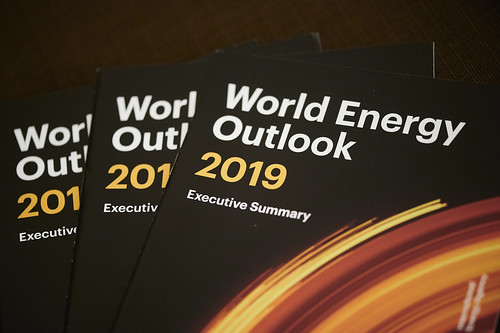
Should you have any problems viewing this gallery, please click here.
Next event In person & livestreamed

Past event In person & livestreamed
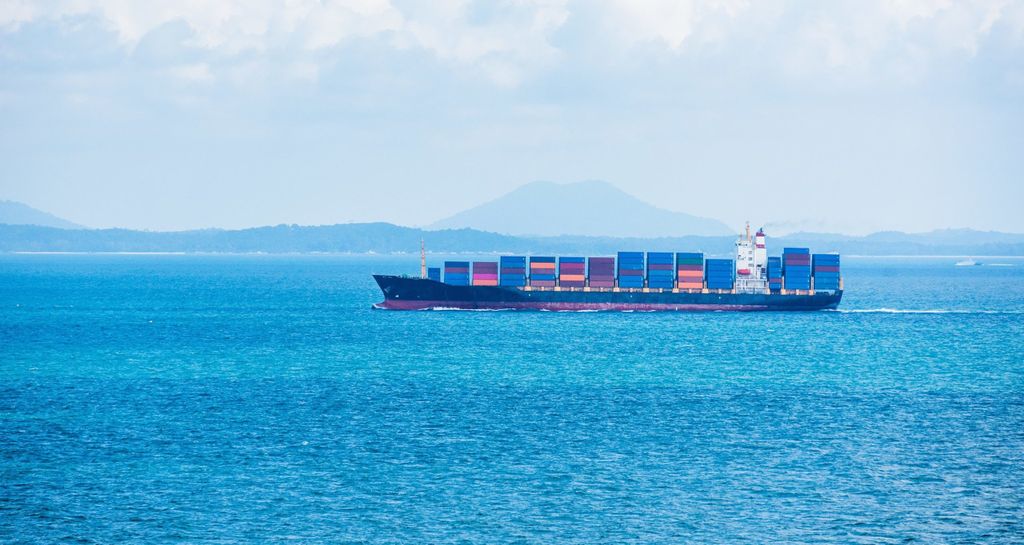
Past event In person & livestreamed
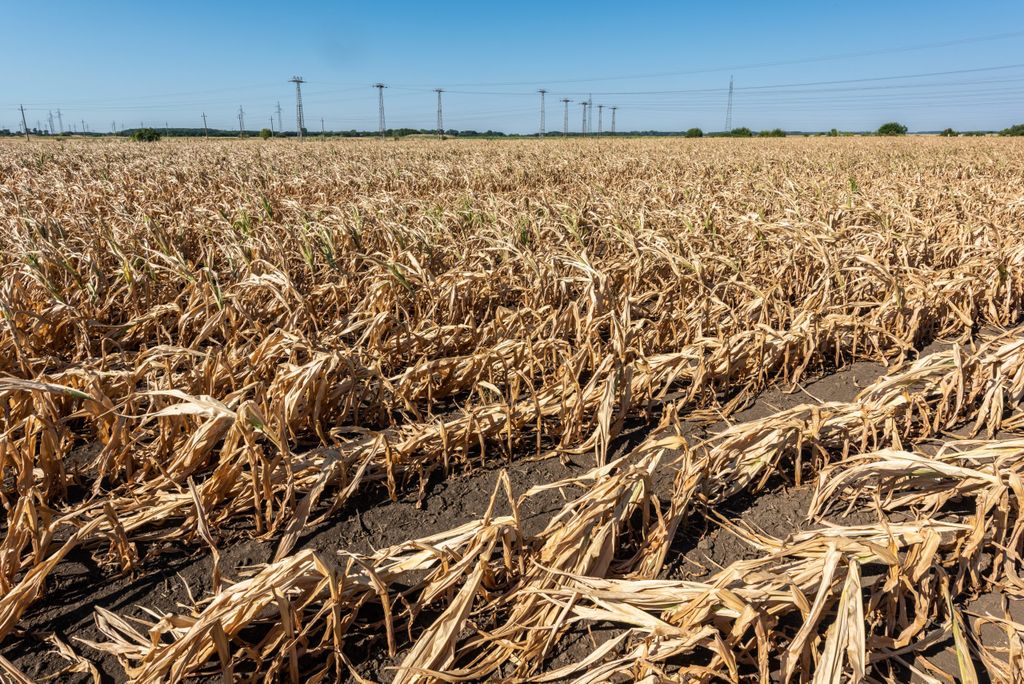
Past event In person & Livestreamed
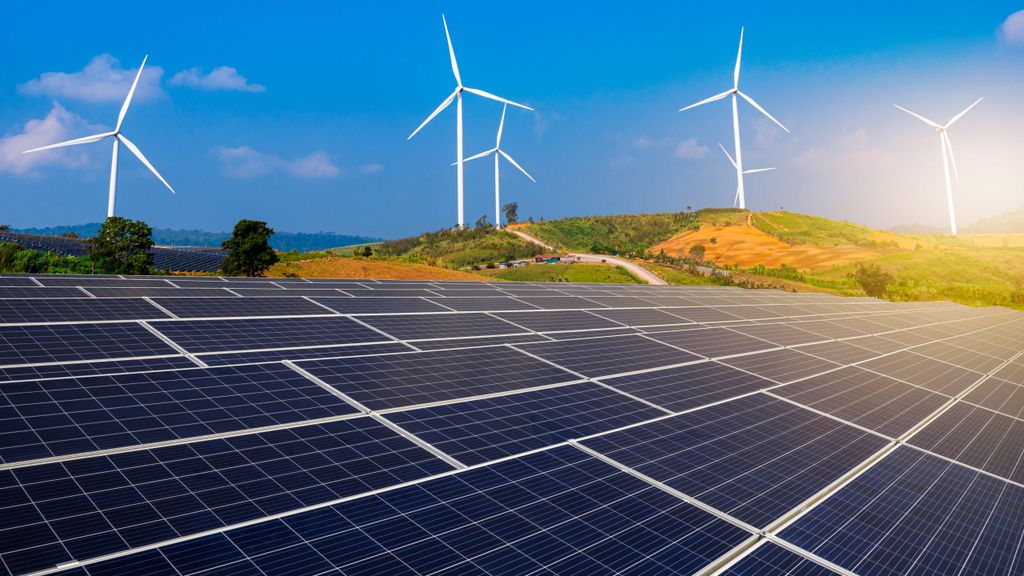
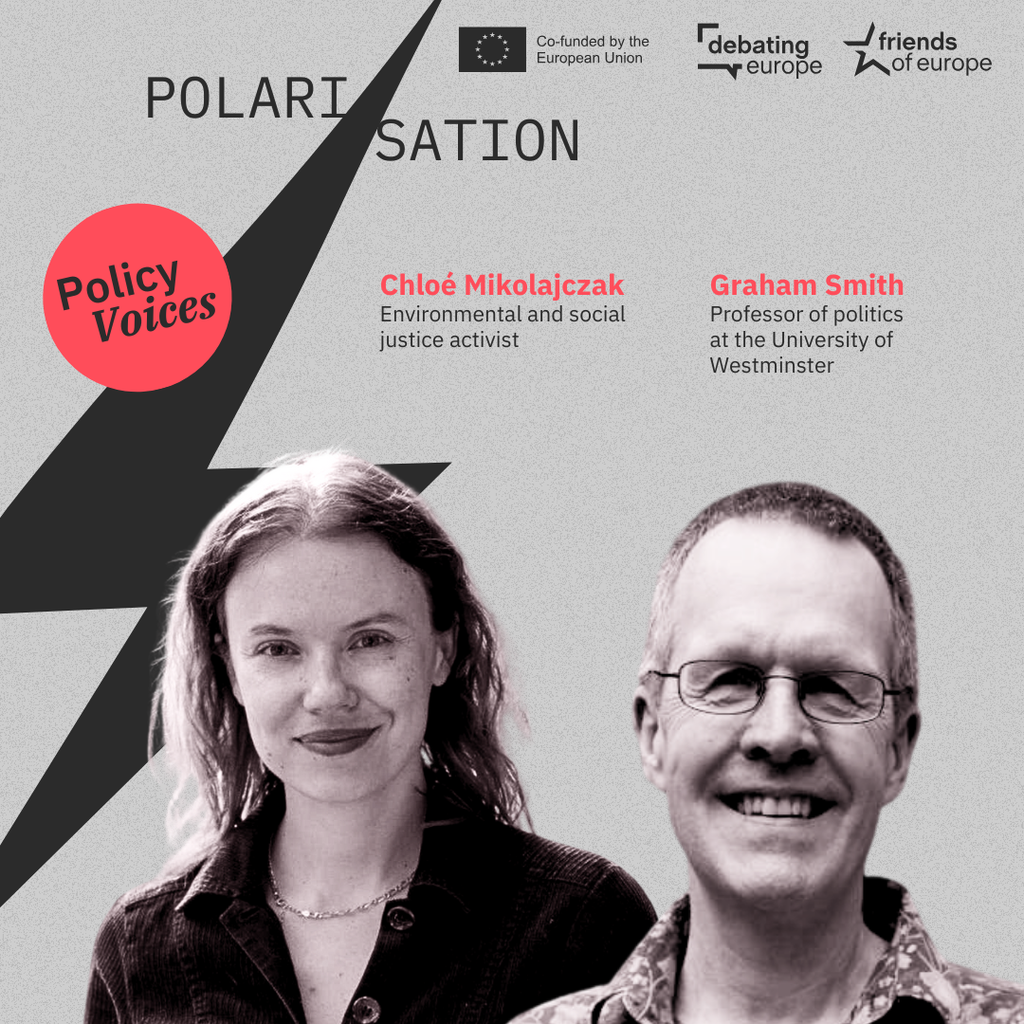

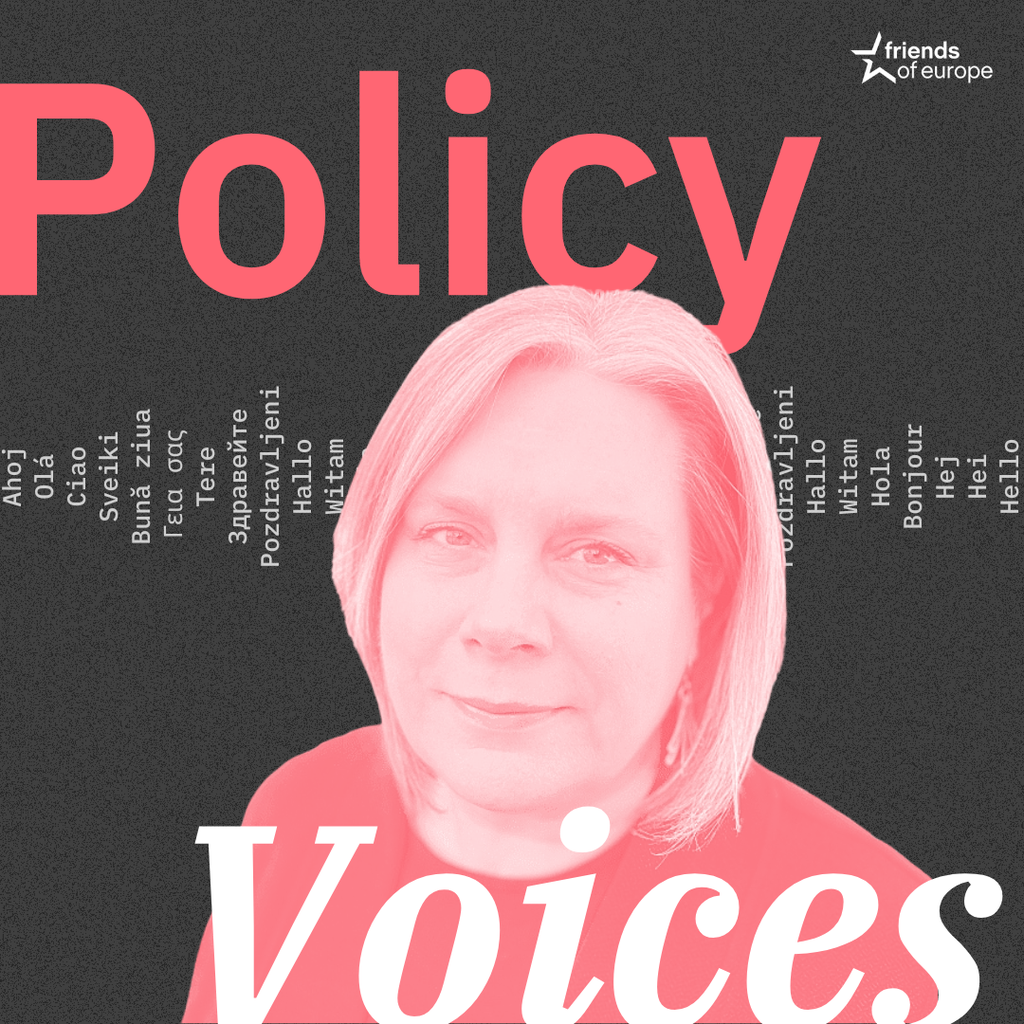
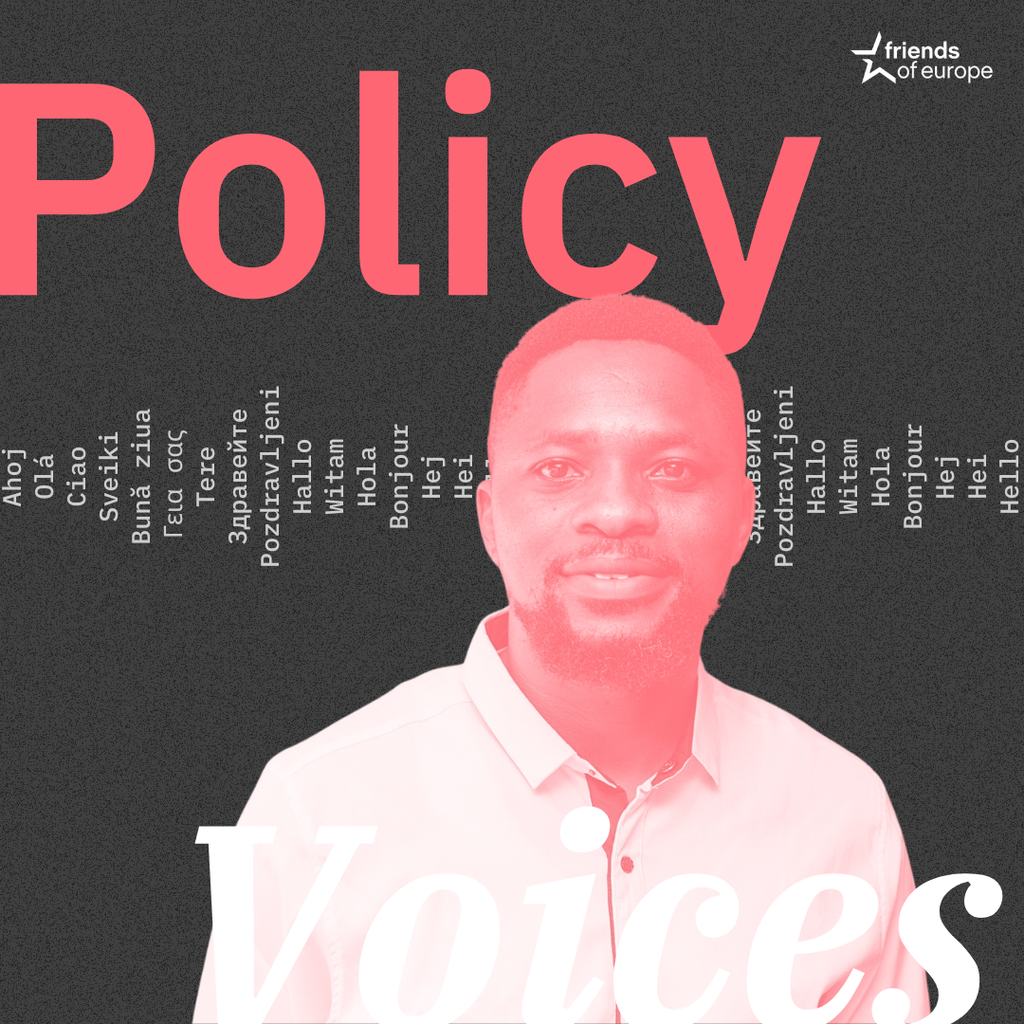
Stay informed
We use cookies and similar technologies to adjust your preferences, analyze traffic and measure the effectiveness of our campaigns. Learn more about our privacy policy.